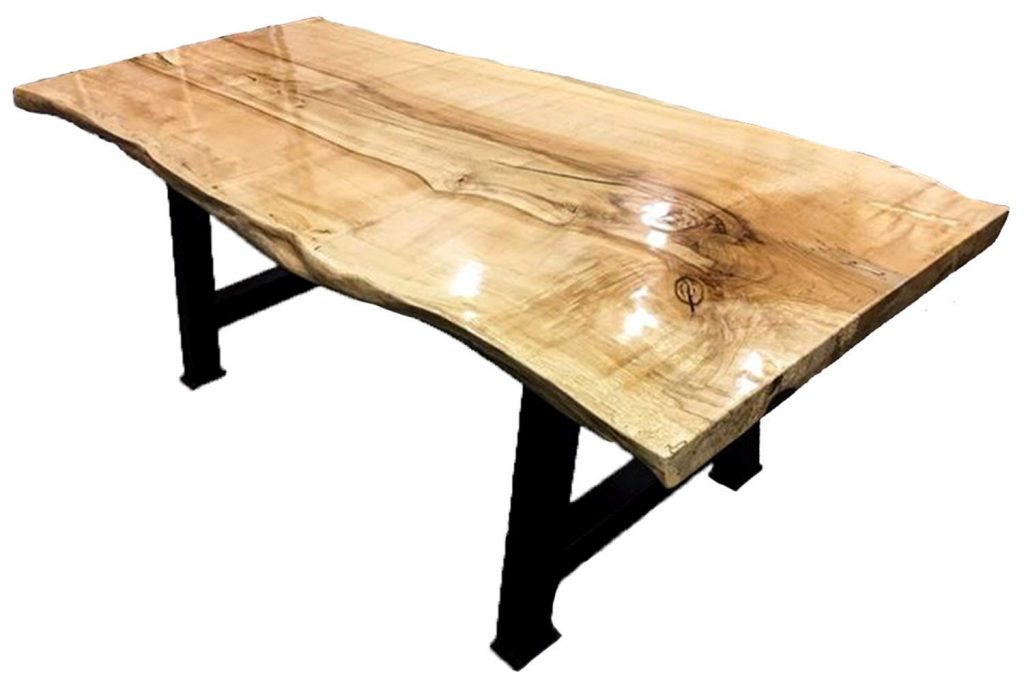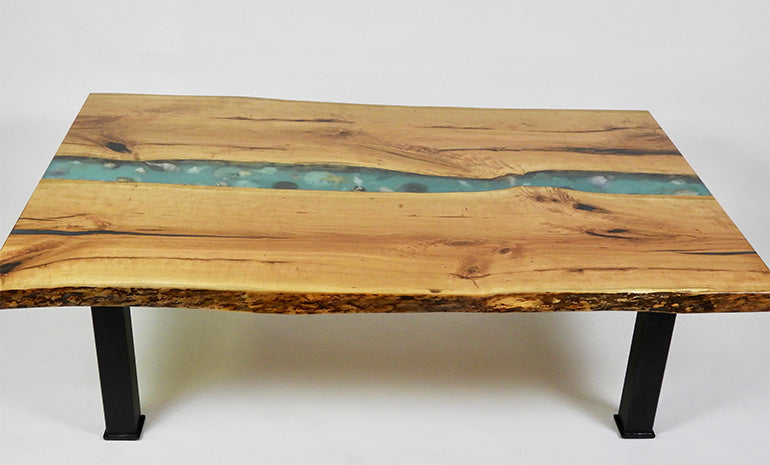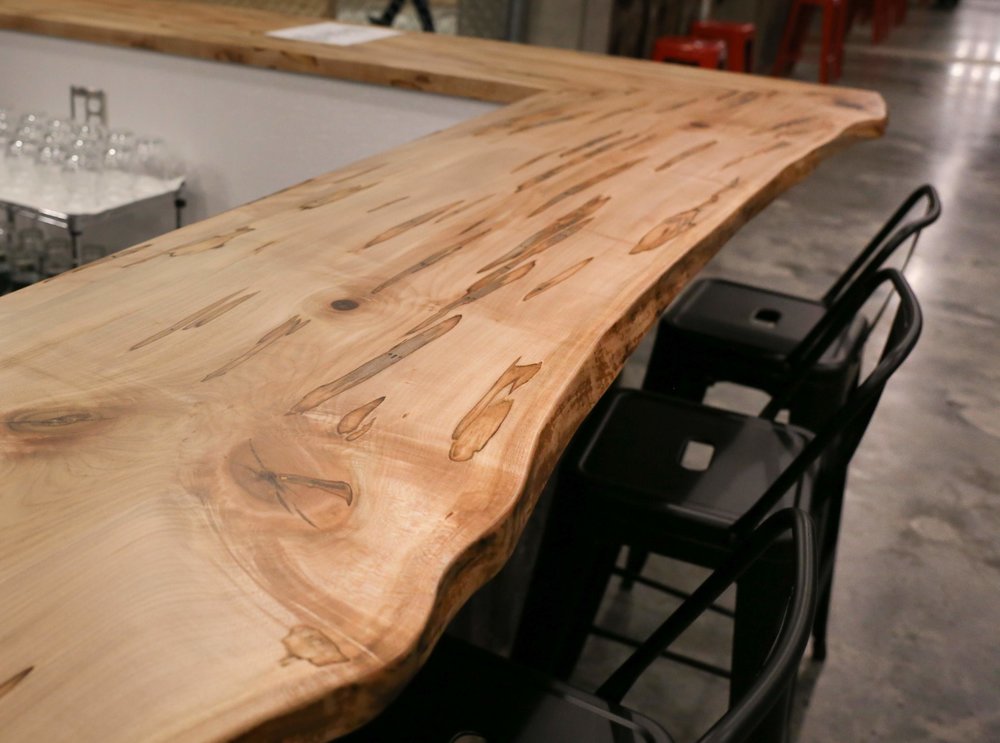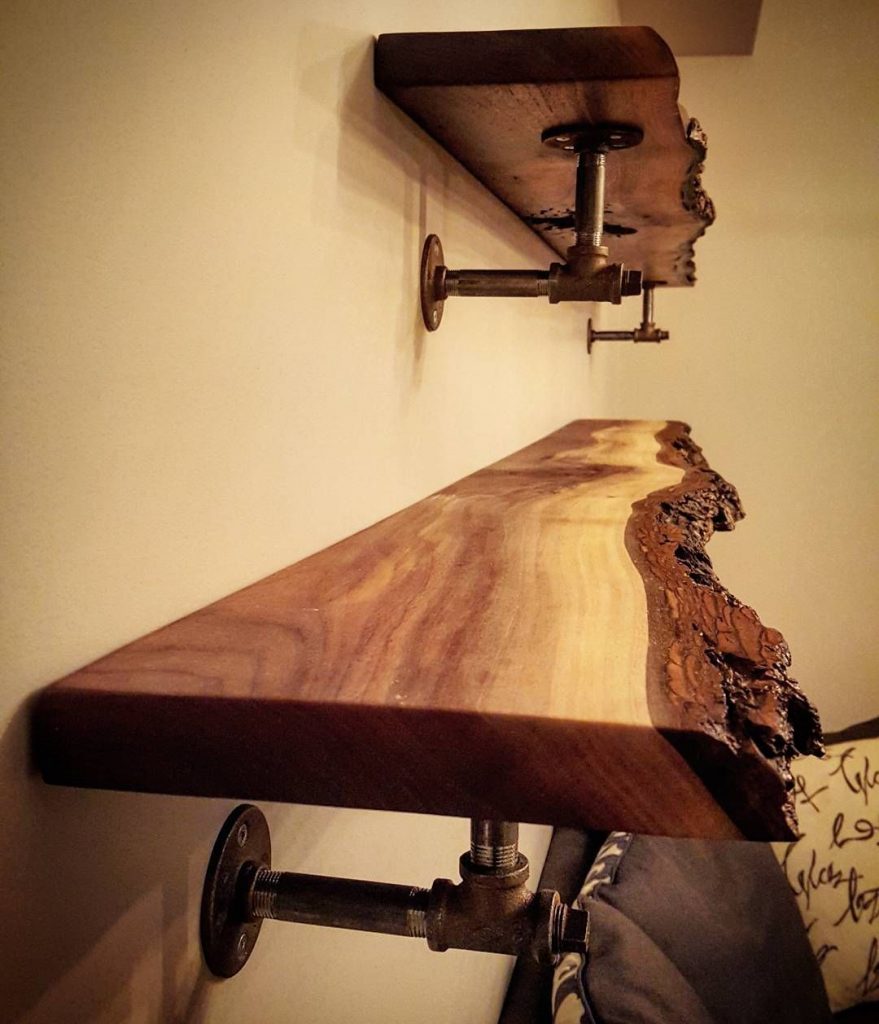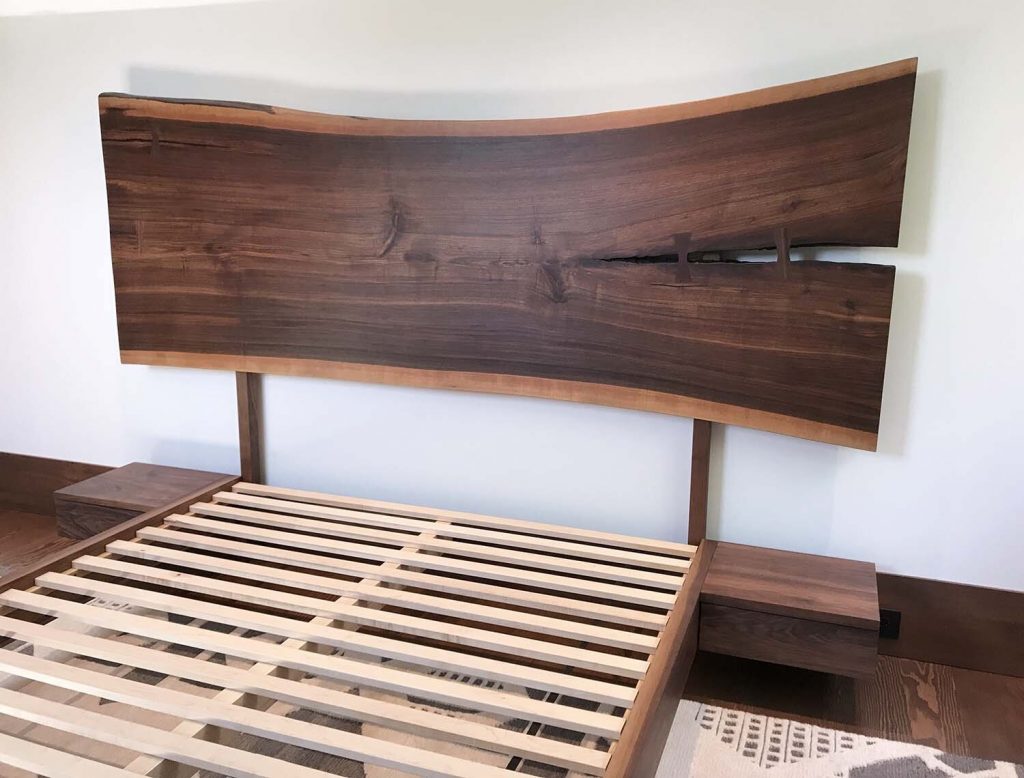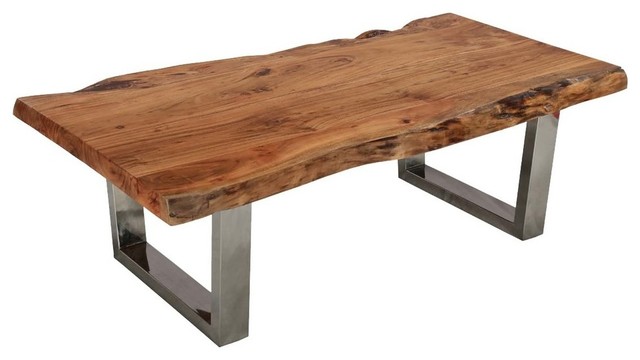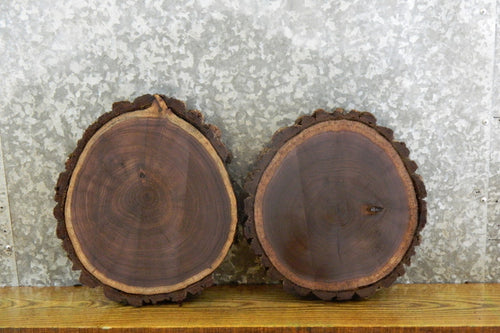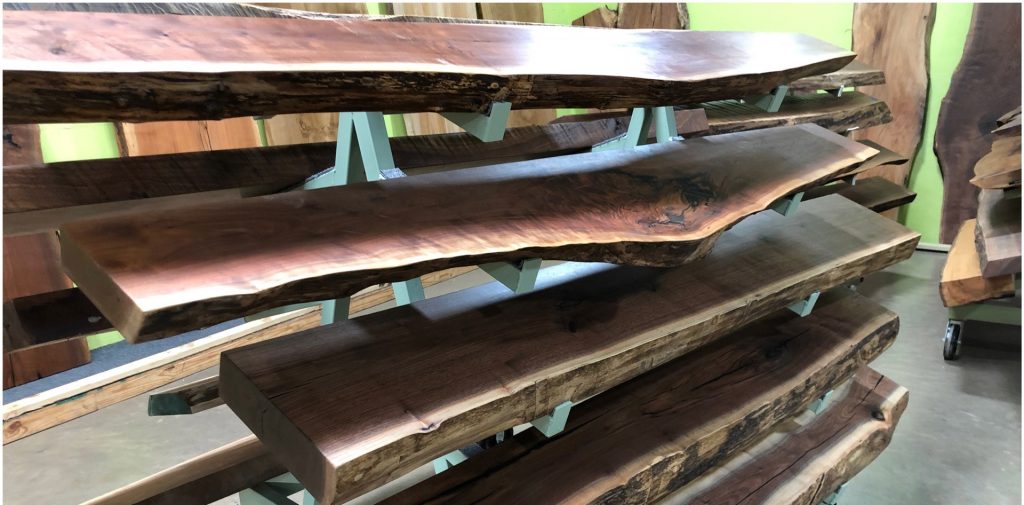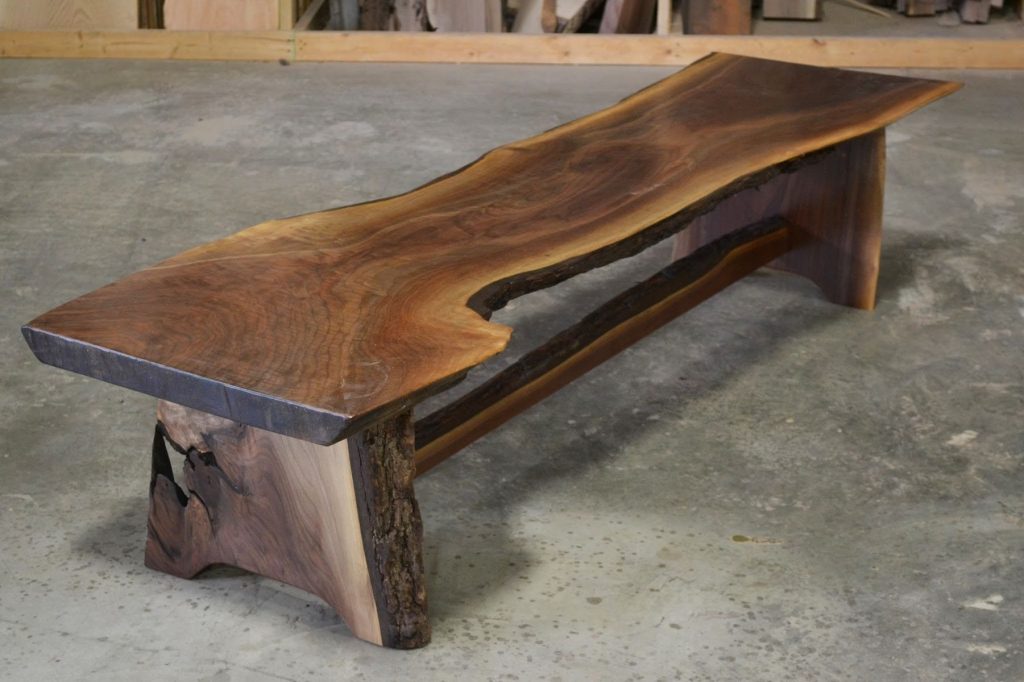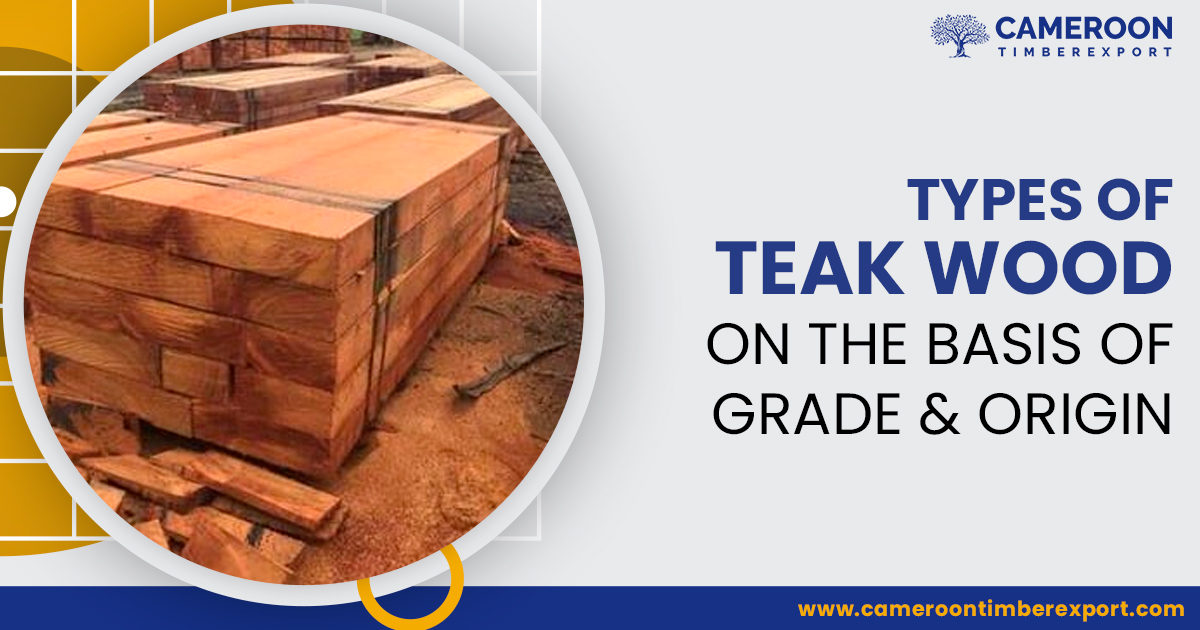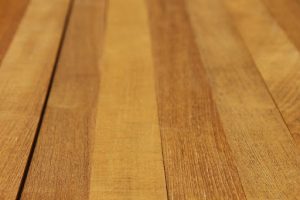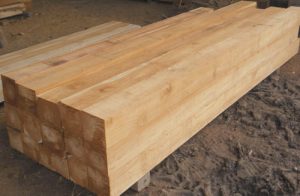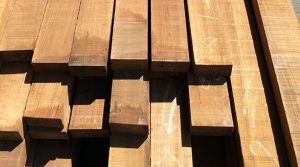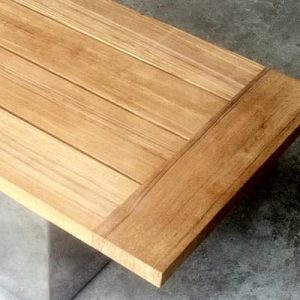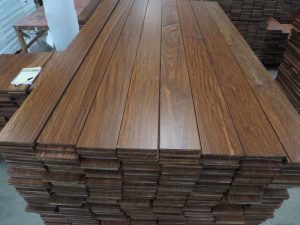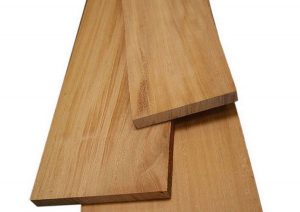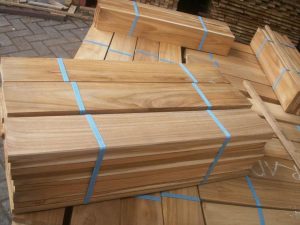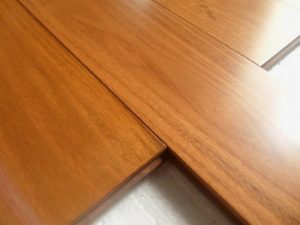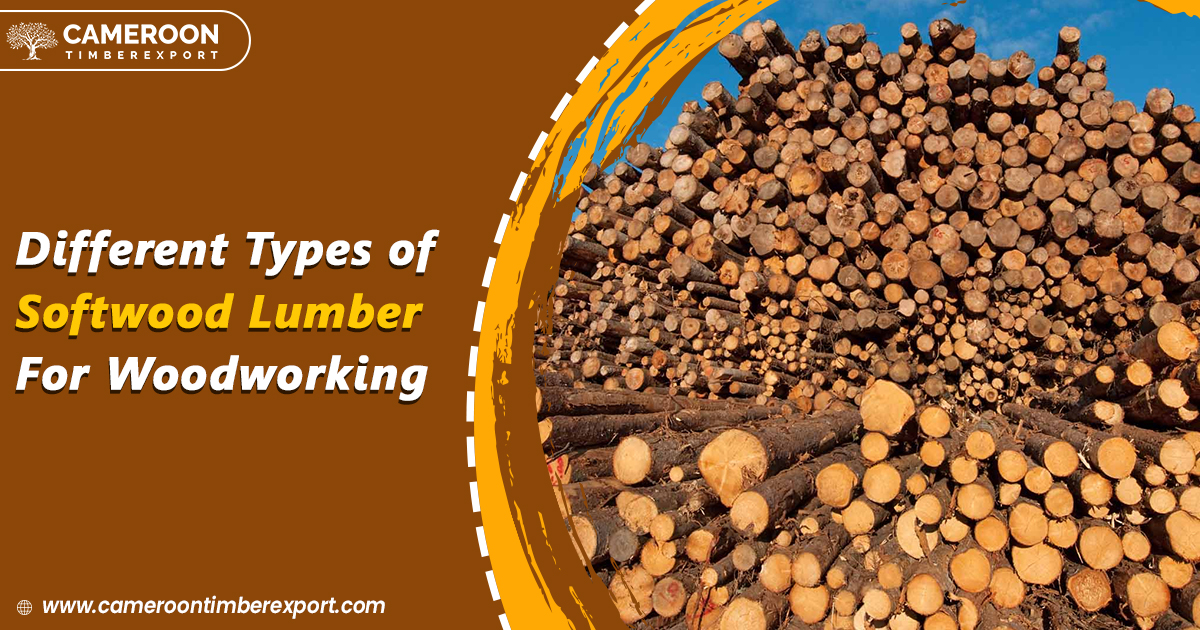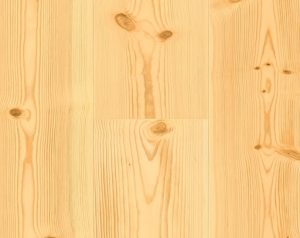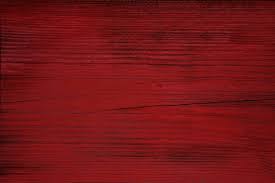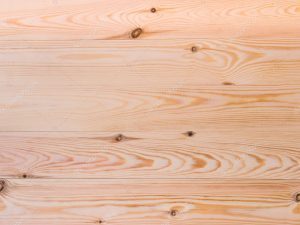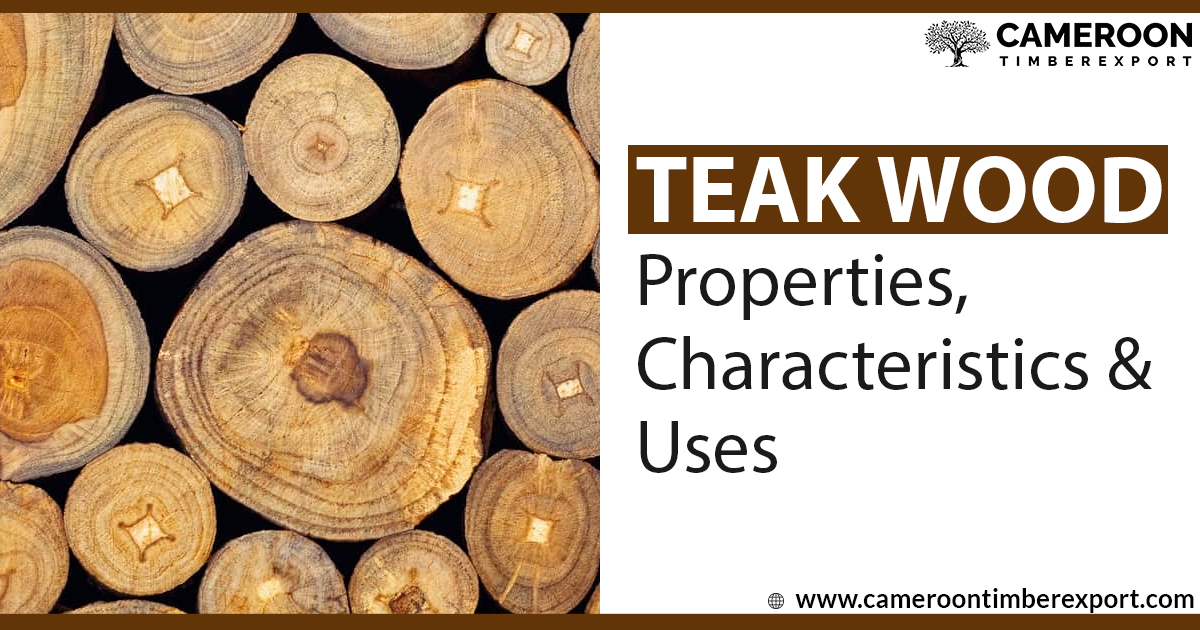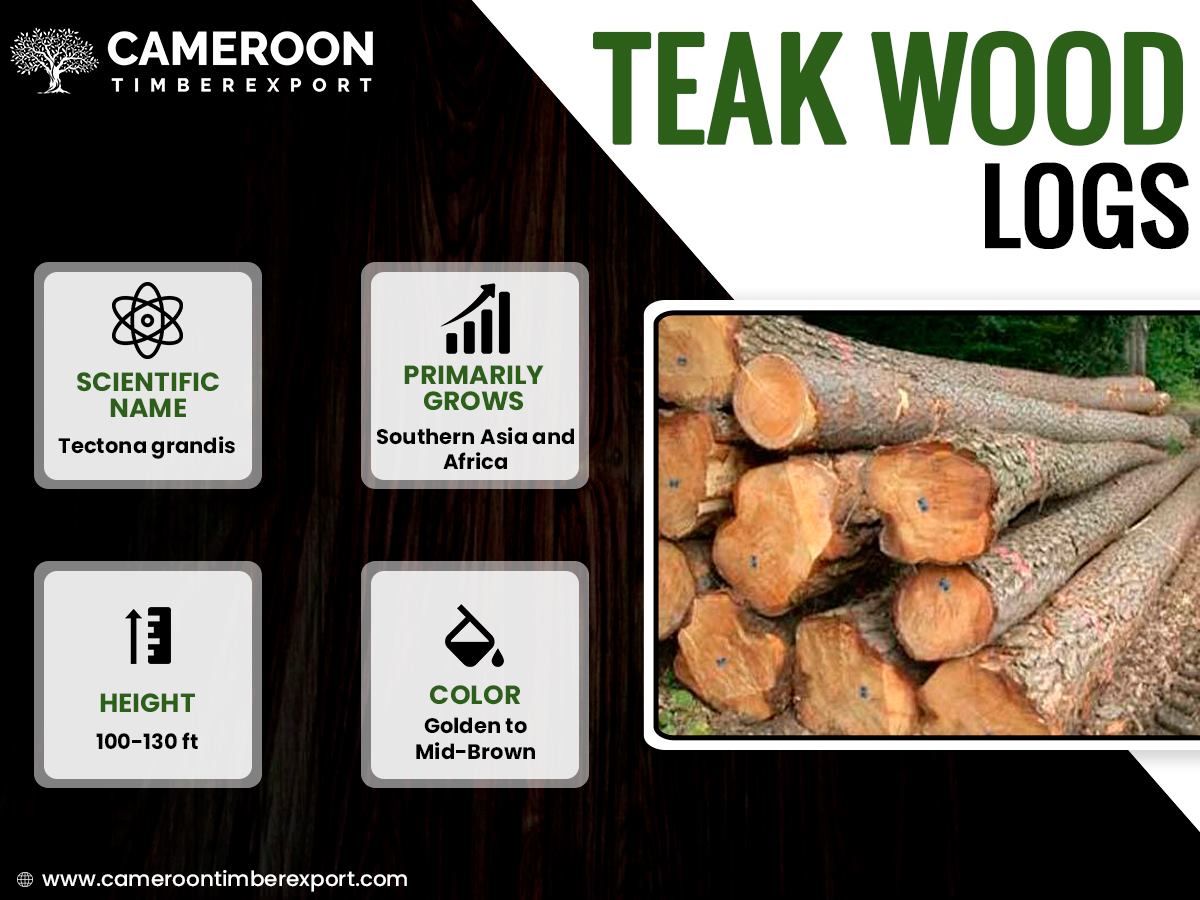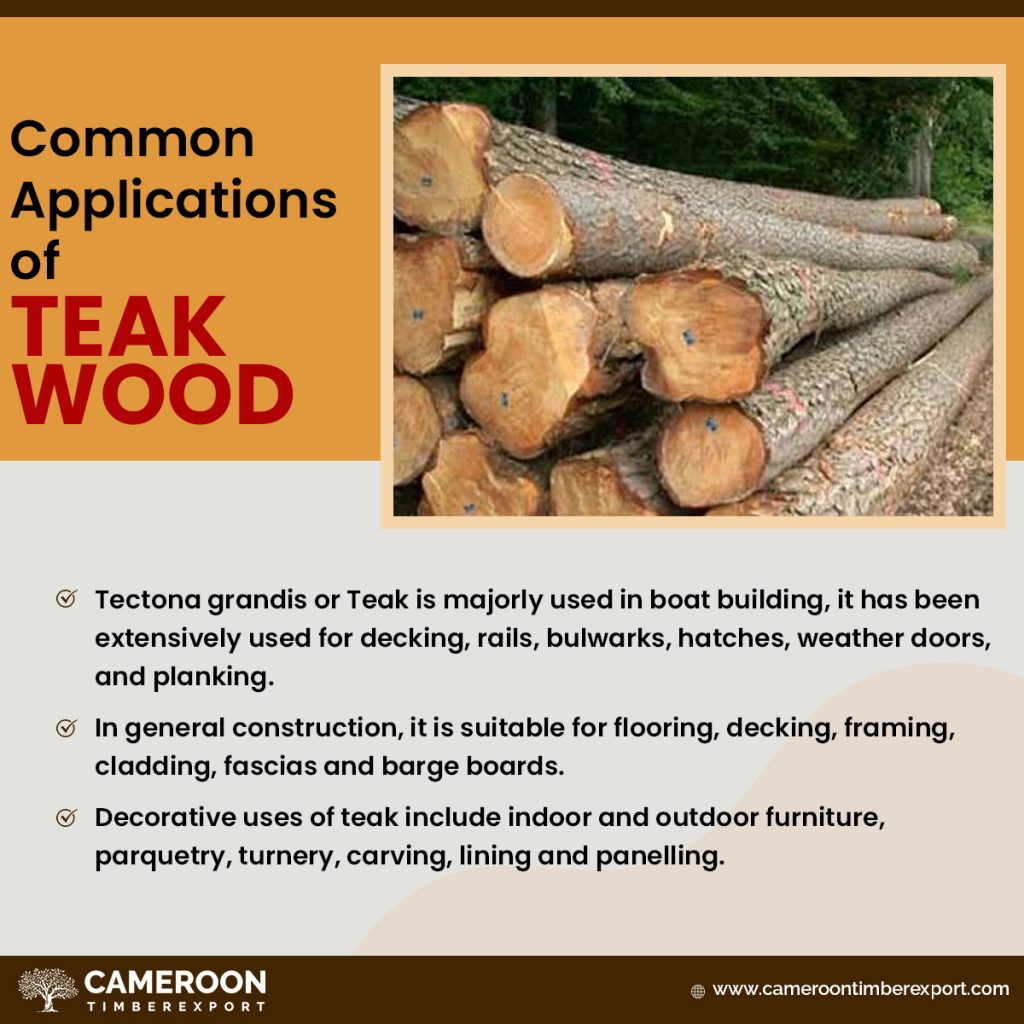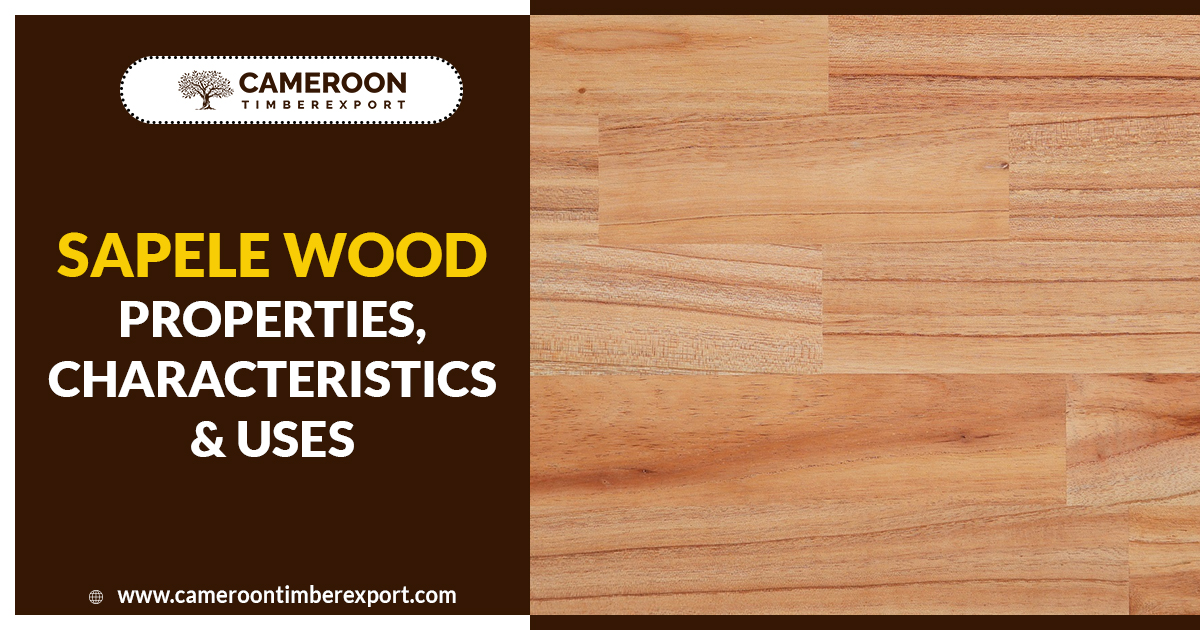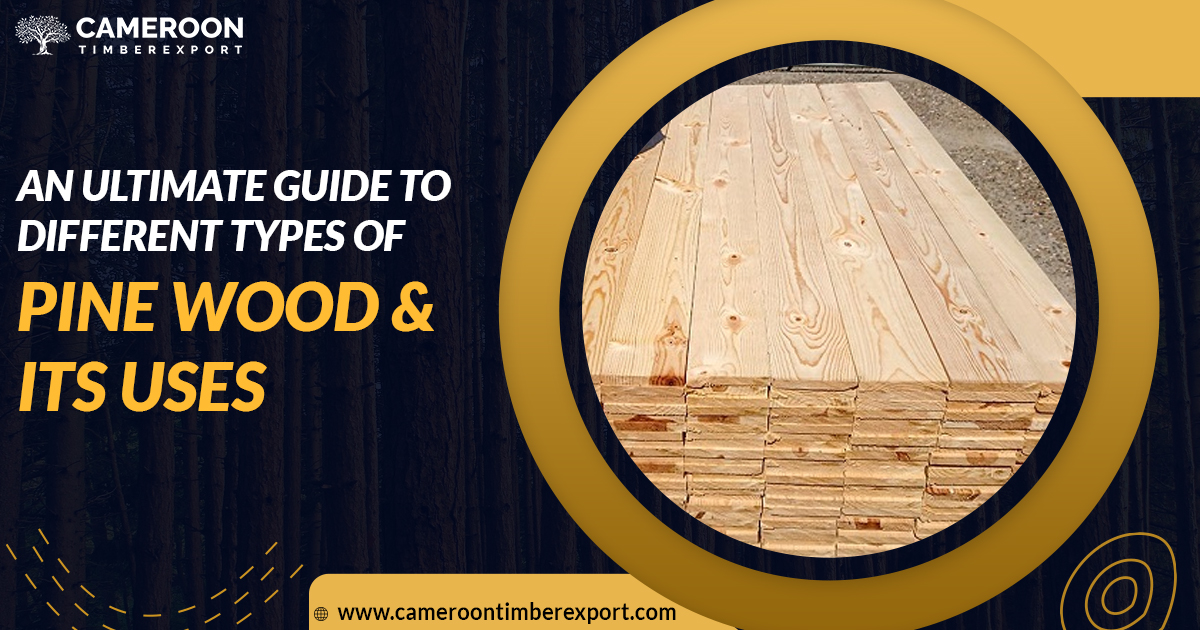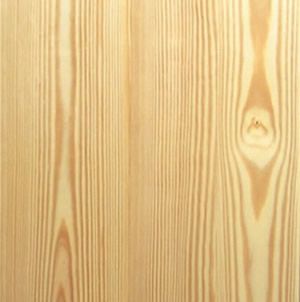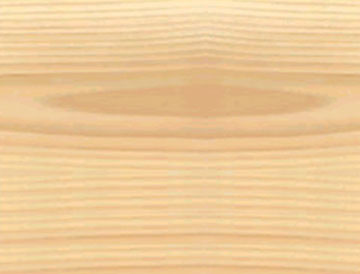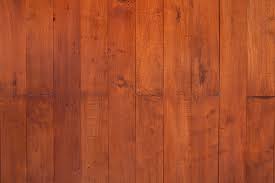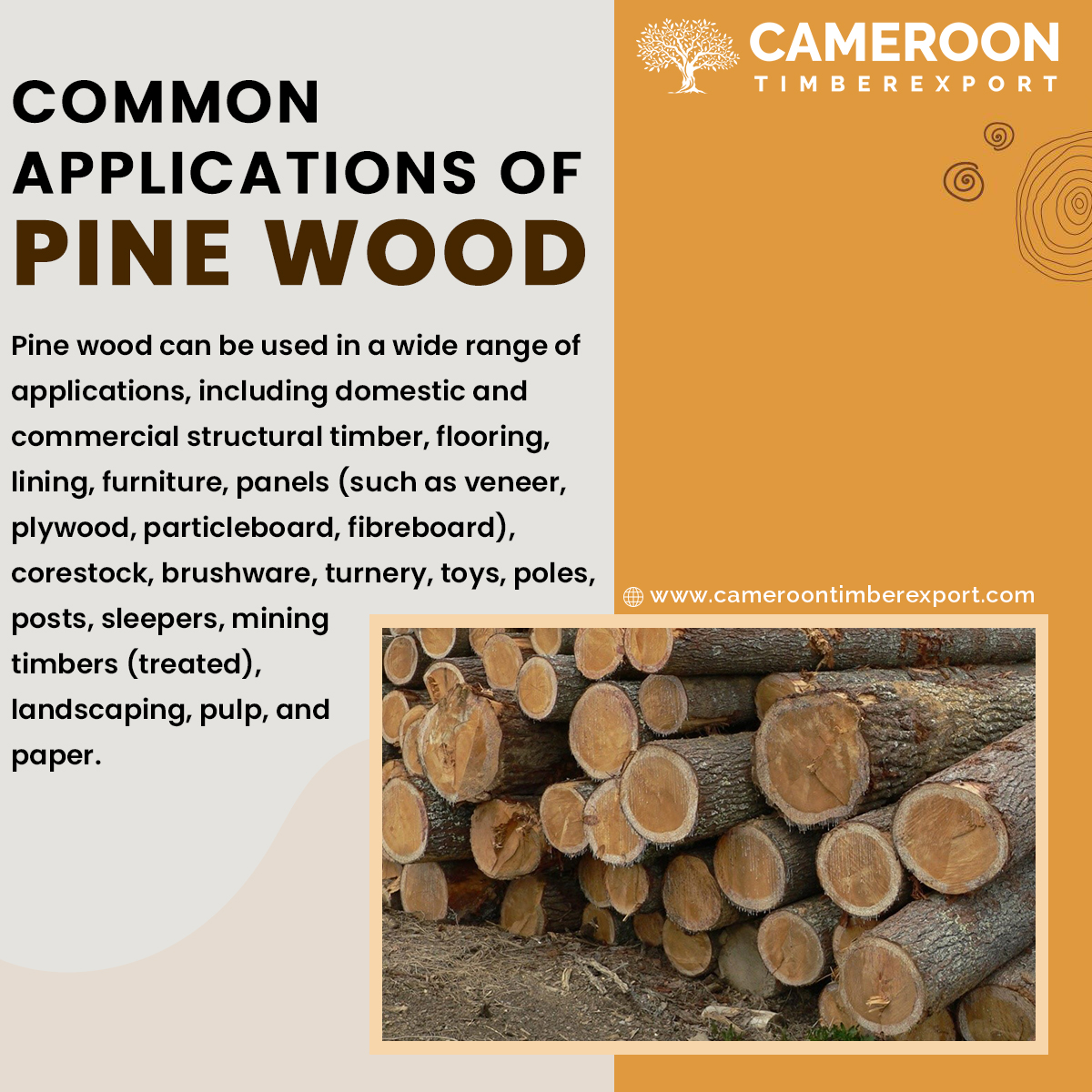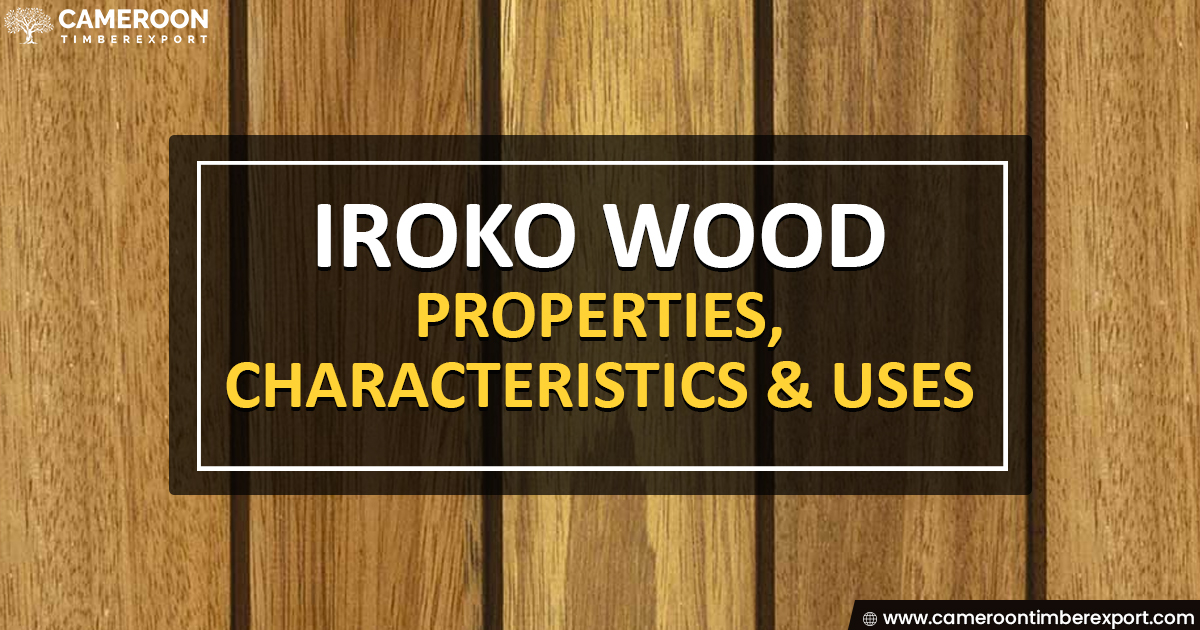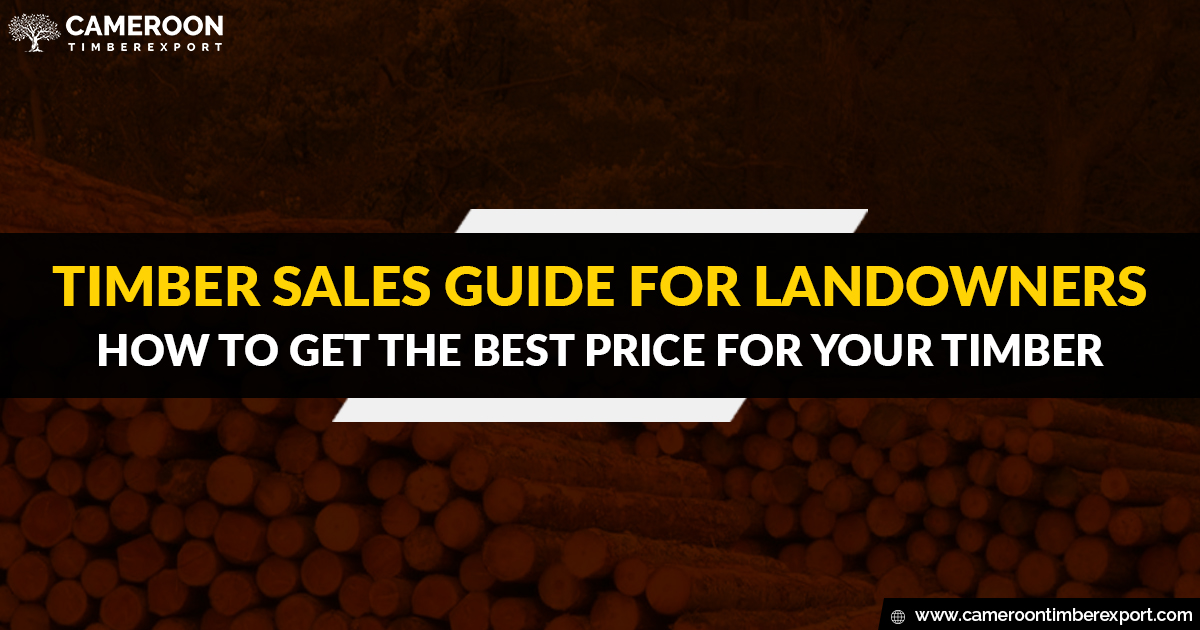Live edge wood slabs are a fast-growing trend among interior designers who love to blend contemporary designs with natural objects like live wood furniture. Applications of natural edge wood can be seen in both home and workplace settings. In fact, no interior design magazine is complete without some live edge wood objects. If you are wondering what it is, how and where it is used, and why, you’ll find answers to all these questions here.
One of the major purposes of using live edge slab is to make furniture and other objects for home/office design is to give a more natural, rustic appearance to an otherwise all-modern interior. And they blend beautifully with each other. These are generally easy to work with and can be painted, oiled, glued, and finished in almost every style and to fit every setting.
At CameroonTimberExportSarl, you can find and buy both finished and unfinished wood slabs for projects ranging from construction, home furniture, decor and DIY projects. We supply timber slabs and wood logs to businesses and individuals all over the world. Contact us today to check availability in your location/country.
What are Live Edge Wood Slabs?
A natural edge wood slab is a piece of wood that has the tree’s natural edges, including the bark. The wider the tree trunk, the wider will be the live edge slabs produced from it. Since the middle section of the tree is usually the widest, this is where the widest slabs come from.
The term “live edge” means that the slab retains the living part, i.e. the outer edges or rings, of the tree in order to give it a more natural look. A natural slab will usually have the rough tree bark intact on both sides.
Live Edge slab is widely popular and quite expensive
Natural edge slabs are getting a lot of popularity these days. They don’t just look beautiful but also have a unique character that cannot be duplicated. Unlike manufactured timber, each live edge slab is unique and an exact replica of it is nearly impossible to produce. Another reason for the increasing popularity is that they look wonderful when mixed with modern design for the interior of a place. People love the natural appearance they give to the place.
As a natural, raw part of a tree, live edge slabs are usually very strong, durable and have a long life. Their immense popularity and unbeatable strength properties are the reasons why these slabs are usually very expensive. However, there are also cheaper alternatives such as live edge Pine wood.
What are the uses of Natural Edge Wood Slabs?
While natural edge slabs are most commonly used for building centerpieces such as tabletops and countertops, it doesn’t mean that they cannot be used for other creative woodworking projects. Here is a list of some examples in which live edge slabs is used extensively.
1. Natural Edge Wood Table
2. Natural Edge River Table
3. Live Edge Bartop
4. Natural Edge Countertop
5. Live Edge Shelves
6. Headboard
7. Coffee Table
8. Natural Edge Artwork
9. Mantle
10. Live Edge Bench
As I said, there is practically no limitation to what you can do with a slab. We have seen people using these slabs to build mirror frames, benches, and other things.
Choosing a Live Edge Wood Slab
Live edge slabs are available in wide varieties, and each slab has different properties than the other. So, you should be careful while choosing the right slab for your project. While the cheaper slabs are less durable and have basic strength qualities, the more expensive ones are usually stronger and more durable.
If you are confused, you can contact us to discuss your project requirements and find out the best wood slabs for you.
How to Buy the Best Quality Wood Slabs
Are you looking to buy the quality live edge slab at affordable prices, you’ve just found it. At CameroonTimberExportSarl, we locally manufacture and process these slabs, which are the best in quality and priced economically to fit the budget of our customers. You can also order for custom live edge slabs online.
Contact us today with your requirements.


